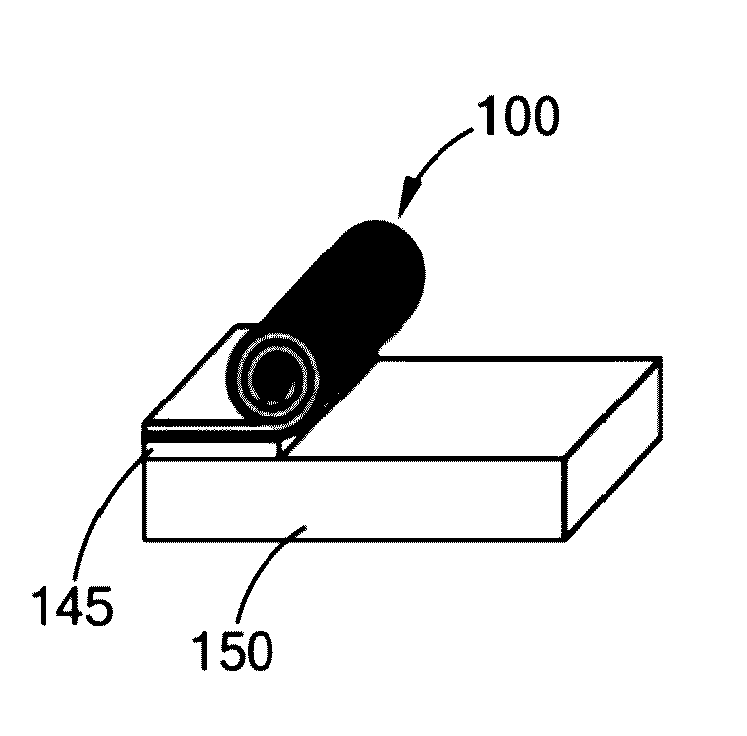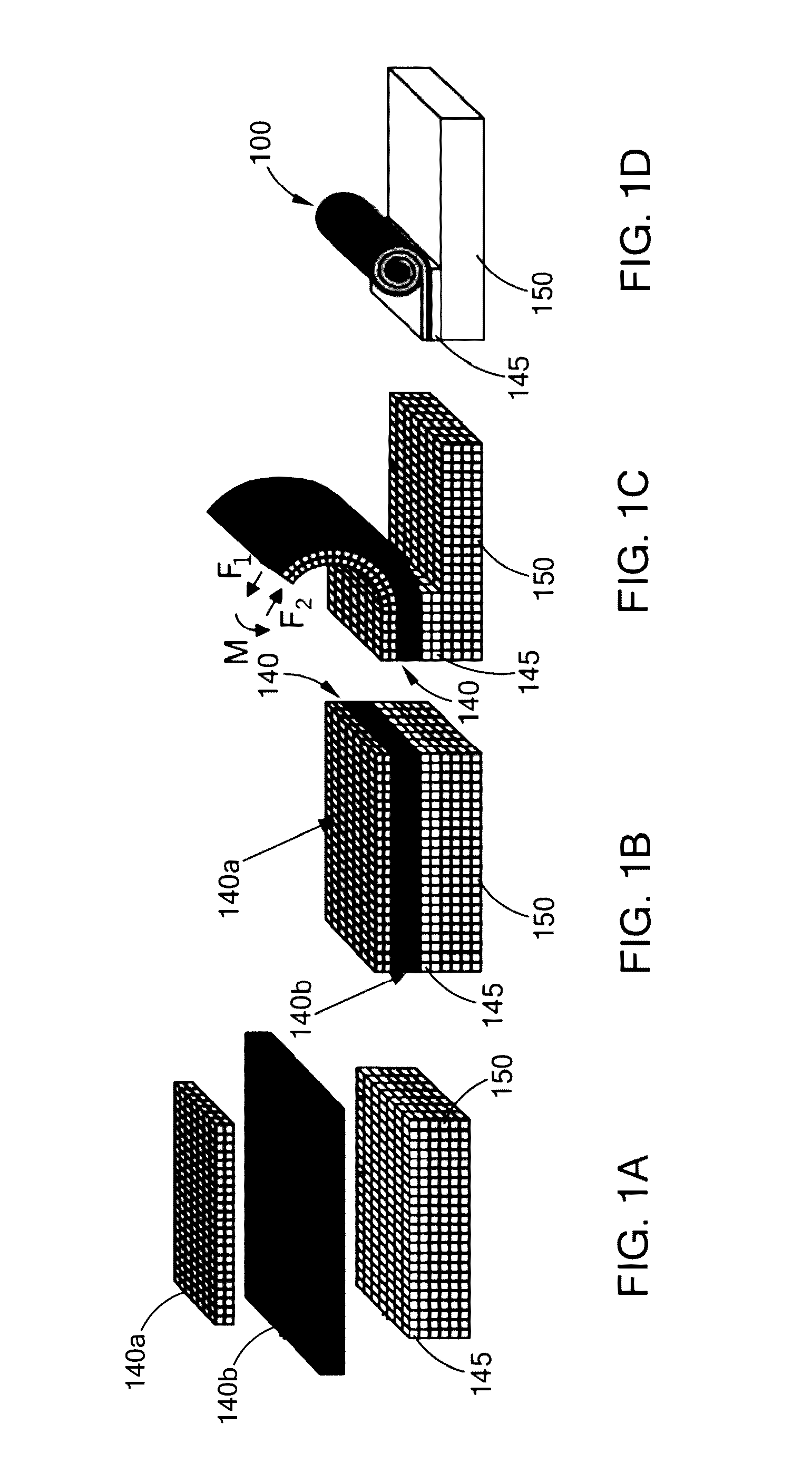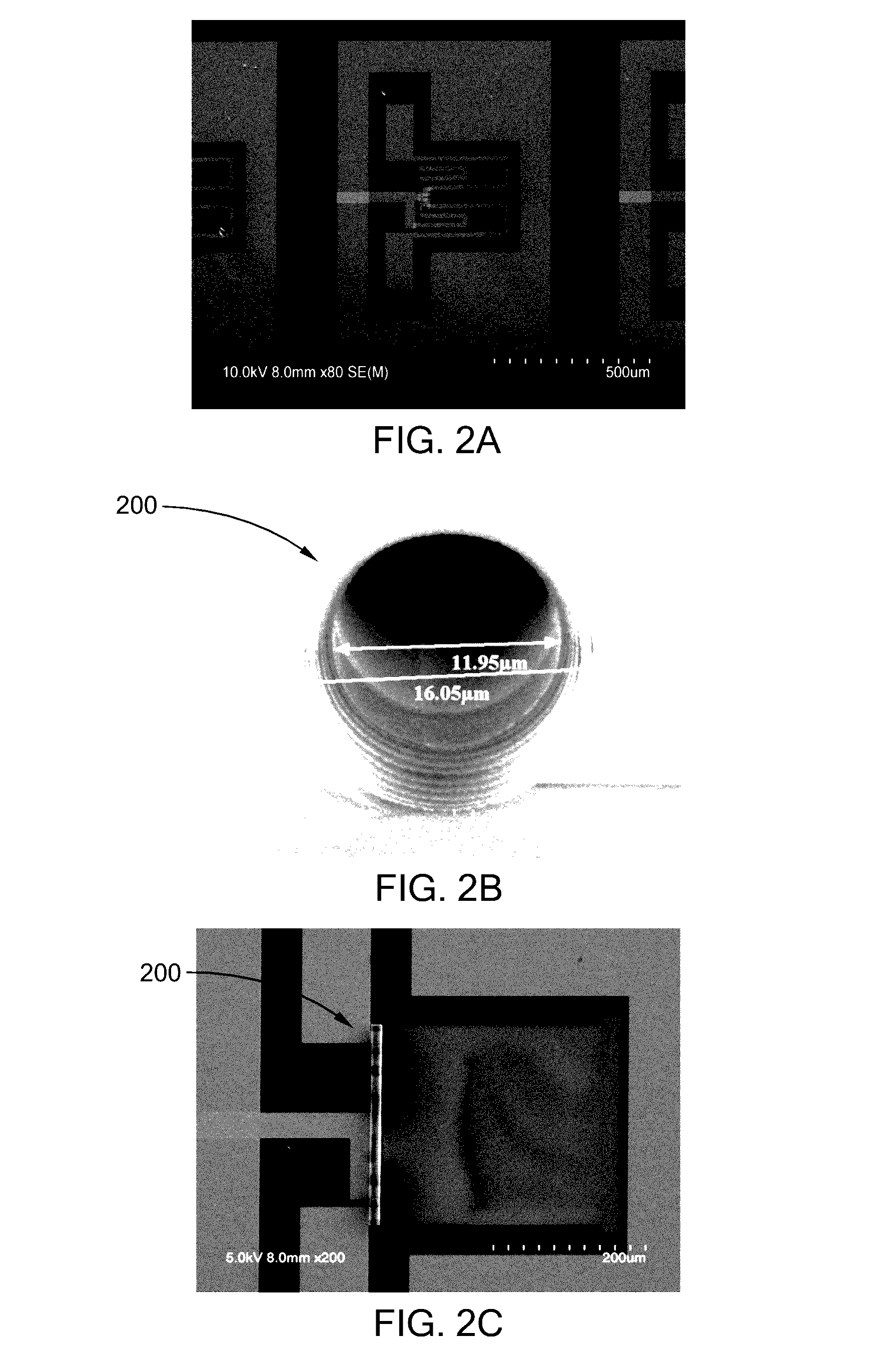Tubular resonant filter and method of making a tubular resonant filter
a tubular resonant filter and tube resonant technology, applied in the field of filters, can solve the problems of large footprint, difficult to integrate on-chip monolithically, and serious shortcomings of state-of-the-art technologies, and achieve the effect of relieving strain in the strained layer
- Summary
- Abstract
- Description
- Claims
- Application Information
AI Technical Summary
Benefits of technology
Problems solved by technology
Method used
Image
Examples
Embodiment Construction
[0018]Described herein are three-dimensional (3D) tubular resonant filters formed in a self-rolling process that may have a greatly reduced on-chip footprint and significant performance improvement in RFICs. The tubular resonant filters combine the advantages of lumped element and distributed filters and have a strong immunity to substrate effects due to their extremely small footprint and minimized parasitic couplings. The rolled-up resonant filters can realize all-frequency-band design on any substrate up to 80 GHz. Prior to rolling up, the tubular resonant filters have a carefully designed multilayer planar structure that includes patterned conductive and insulating layers on a strained layer. After rolling up, the filters include rolled-up inductors and capacitors with different terminations, depending on the planar design. Low pass, high pass, and band pass tubular filters with high electrical performance can thus be created using self-rolled-up membrane (S-RUM) technology.
[001...
PUM
 Login to View More
Login to View More Abstract
Description
Claims
Application Information
 Login to View More
Login to View More - R&D
- Intellectual Property
- Life Sciences
- Materials
- Tech Scout
- Unparalleled Data Quality
- Higher Quality Content
- 60% Fewer Hallucinations
Browse by: Latest US Patents, China's latest patents, Technical Efficacy Thesaurus, Application Domain, Technology Topic, Popular Technical Reports.
© 2025 PatSnap. All rights reserved.Legal|Privacy policy|Modern Slavery Act Transparency Statement|Sitemap|About US| Contact US: help@patsnap.com



